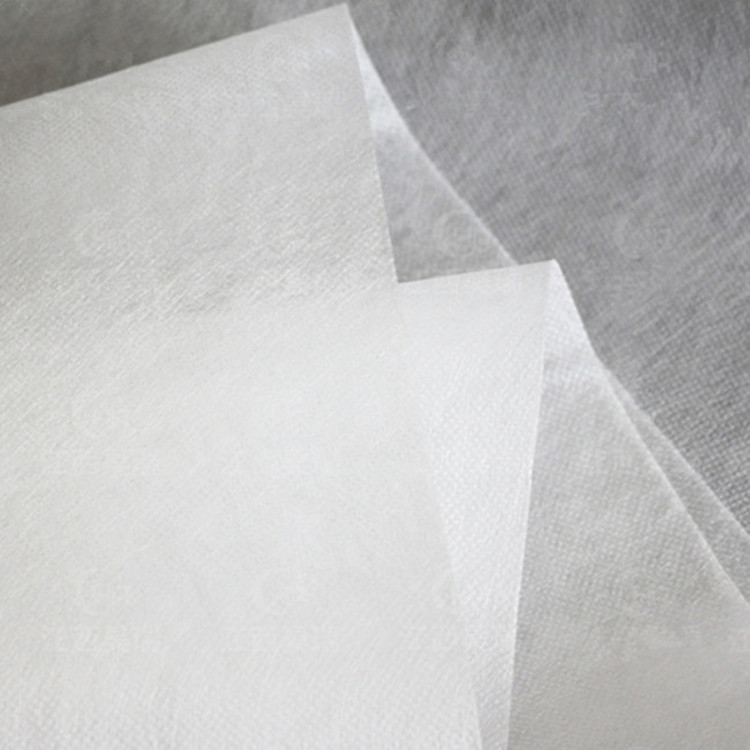UK-based Fiber Extrusion Technologies (FET) will showcase its new laboratory-scale spunbond system at the upcoming INDEX 2020 nonwovens exhibition in Geneva, Switzerland, from 19 to 22 October.
The new line of spunbonds complements the company’s successful meltblown technology and provides unprecedented opportunities to develop new nonwovens based on a variety of fibers and polymers, including bicomponents, at scale.
The launch of this new technology is especially timely given the industry’s current focus on developing new substrates based on biopolymers, environmentally friendly resins or recycled fibers.
FET supplied one of its new spunbond lines to the University of Leeds in the UK and a second line combined with a meltblown line to the University of Erlangen-Nuremberg in Germany.
“What is unique about our new spunbond technology is the ability to process a wide range of polymers, including those typically considered unsuitable for spunbond processes, at a scale sufficient to fully explore material combinations and bring new products to market,” said the director of FET Executives. . Richard Slack. “FET used its spinmelt experience to develop a true lab-scale spunbond system.”
“Our new spunbond FET line is part of a larger investment in the facility to support basic academic research into the future of manufacturing, with a focus on small-scale processing of non-traditional polymers and additive blends to produce materials with multifunctional properties. ” he said. “The key to this research is to develop potential process-structure-property relationships from measured data to provide detailed understanding of how to control the properties of the final tissue during processing.”
He added that many interesting materials developed through academic research have difficulty moving outside the laboratory due to compatibility issues with key manufacturing processes such as spunbond.
“Using single-component, core-shell and two-component sea island technologies, the Leeds team is working with scientists, engineers and clinicians, polymer and biomaterials researchers, to explore the possibility of incorporating unusual materials into spunbond fabrics to potentially expand the range of applications. said Russell. “The new spunbond system is ideal for our academic research work and has proven to be extremely versatile and easy to use.”
“We look forward to discussing the capabilities of this versatile new system with stakeholders at INDEX in Geneva,” concludes Richard Slack. “It is capable of processing pure polymers without processing aids or additives to achieve a wide range of structural and mechanical properties, and with a variety of web post-processing options.”
Twitter Facebook LinkedIn Email var switchTo5x = true;stLight.options({ Post author: “56c21450-60f4-4b91-bfdf-d5fd5077bfed”, doNotHash: false, doNotCopy: false, hashAddressBar: false });
Business intelligence for the fiber, textile and apparel industry: technology, innovation, markets, investment, trade policy, procurement, strategy…
© Copyright Textile Innovations. Innovation in Textiles is an online publication of Inside Textiles Ltd., PO Box 271, Nantwich, CW5 9BT, UK, England, registration number 04687617.
Post time: Nov-09-2023


